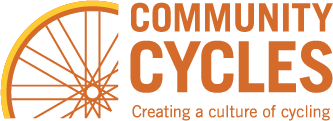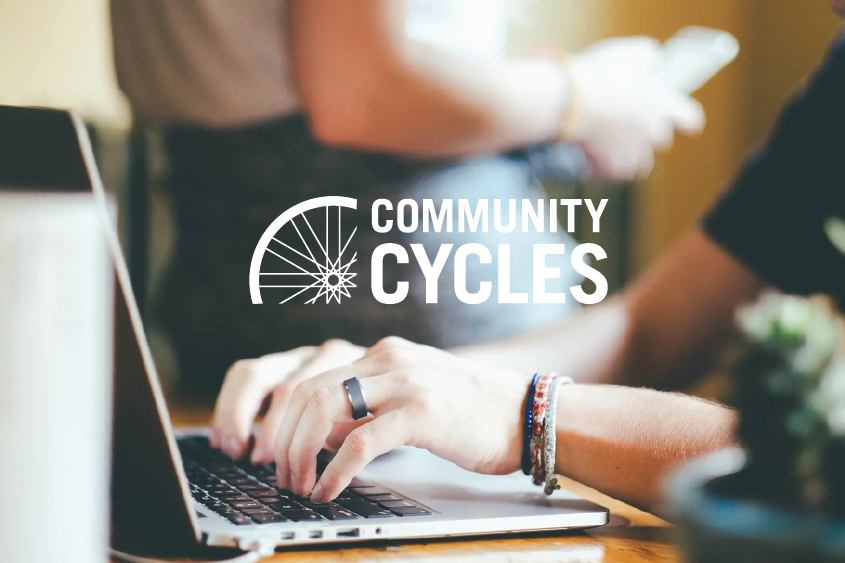Dear City Council,
In advance of your planning retreat for 2018, the Community Cycles Advocacy Committee would like to share our priorities for the coming year. We hope to see them included in your 2018 workplan and look forward to collaborating with the City on these initiatives. Please note that this is an updated and revised version of a letter sent earlier this month.
Strengthen “Toward Vision Zero”.
Boulder has been working on its Toward Vision Zero program since late 2014. We appreciate and applaud the City’s efforts in education, evaluation, enforcement, and public engagement; they are important parts of a Vision Zero program. And, while some safety improvements have been made to intersections in the last two years, the City should prioritize and increase its efforts in engineering to make our streets safer for walking, biking, driving and taking transit. As stated by the Vision Zero Network, “Engineering, the action of physically designing (or redesigning) roadways to encourage safe behavior, is paramount, as this built environment is the base of everything else and influences behavior the most.”
We also feel the qualifier “Towards,” only used by Boulder, should be removed to show a stronger commitment to the program. On a practical note, using just the words “Vision Zero” will better align the program with the national and international Vision Zero programming and will allow members of the public and local media to access a more complete list of resources when searching for more information online.
With leadership from City Council members, we can save lives. People do not need to be killed or seriously injured on Boulder’s streets. Every crash can be avoided if we are willing to put the safety of all users– people who walk, bike, drive or take transit, first. This requires adopting a Safe System approach to transportation, prioritizing safety. If Council commits to making zero traffic fatalities a top priority and continuing to work towards this goal, we can achieve zero traffic deaths in the City of Boulder. You have the power to save lives.
The following should be priorities in 2018 to keep Boulder on a successful path to zero traffic fatalities and serious injuries:
Commit to a detailed, accountable timeline for Vision Zero
Without a timeline that has measurable benchmarks and target goals, we will not get safer streets. This timeline needs to be clear and exact, with opportunities for public input. We think it is reasonable to see work completed in 2018 on the areas outlined in this letter– establishing Vision Zero metrics, revising the Design Construction Standards (DCS), completing the Signal Policy update and making significant progress toward a Low Stress
Network. We look forward to actively engaging in a public process undertaken for those document updates and collaborating on other efforts. We applaud the Transportation Master Plan Update that will launch this spring, and believe there’s an excellent opportunity to incorporate DCS revisions, a new Signal Policy and Vision Zero metrics into this process.
Establish Metrics for Vision Zero
It is important to not simply measure Vision Zero success in the number of deaths, injuries and crashes, but also by proven engineering and usage numbers that the Vision Zero Network has indicated will lead to a successful Vision Zero program. Based on numerous Vision Zero Action Plans published by other US cities, we suggest possible metrics that include miles of protected bike lanes, traffic calming treatments, as well as injuries and fatalities, among others as a starting point. Developing metrics is an excellent task for the TVZ Community Partnership Committee on which Community Cycles actively participates. We believe Vision Zero metrics should be a stand-alone section of the TMP and that progress on these metrics should be tracked on the City Dashboard.
Revise the transportation elements of the City’s Design and Construction Standards
The DCS specifies how transportation infrastructure like streets, and to a lesser extent
sidewalks and multi-use paths, should be built. However, it was developed in an era when
expediting motor vehicle traffic was the highest, and sometimes only, priority of transportation engineers. As a result it codifies design speeds, street geometry, and intersection design, etc. in a way that is simply not compatible with Vision Zero and a Safe System approach.
Today, there is a model design guide, the NACTO Urban Street Design Guide , that balances all modes and prioritizes safety. We request that Council advise staff to update Chapter 2 of the DCS to reflect Vision Zero principles and the values expressed in the TMP, using the NACTO guide as a model. Some examples of reform needed include the allowance of 4 ft wide sidewalks in the DCS where national best practices are a 5 ft minimum, a minimum of 11 ft travel lanes in the DCS where research shows 9 ft travel lanes to be safe and extremely effective in lowering neighborhood traffic speeds and 15 ft minimum allowed corner turning radii (which can effectively become 68 ft) whereas NACTO suggests a 15 ft maximum all the way down to a 2 ft radii in some urban applications.
Complete Signalization Policy
Traffic signal operation and design can have a marked effect on safety and the degree to which efficiency and comfort are balanced for all modes. For example, a recent crash at Folsom and Canyon, which killed an elderly woman, occurred in part because the signal phasing included a permissive left turn, an operational mode that is known to be dangerous for all users. Using leading pedestrian indicators (LPI), allowing pedestrians to establish themselves in the intersection before automobiles get a green light, has proven to improve pedestrian safety significantly. Right now Boulder has less than five LPIs across the city. Boulder should set specific goals around evaluating and installing more LPIs in 2018.
Until recently, the city had no documented signal policy, which made discussions regarding signalized intersections ad-hoc and inconsistent. At Community Cycles’ request, staff has been documenting current signal policy, for which we are appreciative, and we look forward to seeing the result soon. We request that Council encourage staff to prioritize this current documentation effort, and subsequently to examine how the signals policy might be modified to further Vision Zero and the goals of the TMP. Specific aspects of signal policy that should be considered include cycle length (shorter cycles are friendlier to pedestrians and bicycles); signal progression speed (speed at which a wave of green travels down the street, which should never be greater than the posted speed limit and often should be less for safety); and, the use of permissive lefts and LPIs, as described above.
Completion of a Low-Stress Network and Bike Boulevards(Greenways)/ Bike Priority
Routes
Boulder has a collection of lovely off-street paths along with bike lanes and routes of varying quality. However, there are missing links in the network that must be addressed for a Low Stress Network to function. For Boulder to meet its climate action goals, more people must ride bicycles, especially for short trips. For people to choose cycling, they need bicycle infrastructure that enables them to feel safe traveling to their destinations. A Low-Stress Network and Bike Boulevards/ Bike Priority Routes are significant in making the City truly accessible by bike.
Community Cycles has begun outreach on this, polling our members and posting on social media, asking people what streets they would like to see as Bike Boulevards that would complete missing links. We have mapped the recommended routes based on the feedback we’ve received. We encourage the City to gather more data by continuing this public process and begin closing those network gaps and enhancing network routes.
Finally, we are encouraged by the fact that the City is already engaged in a number of corridor studies including 30th, Colorado, 19th and East Arapahoe. The work coming out of each of these studies represent the way we should be designing our streets. On each of these projects, Community Cycles has actively participated in a well-run public process conducted by City staff. These planning efforts seem to be identifying recommendations that will greatly improve safety for all users, which will likely include protected bike lanes, some degree of protected intersections and improved amenities for pedestrians. In most cases, impact on through automobile traffic is very limited. We hope the suggestions we see being put forward will be incorporated into the final recommendations for these corridors. Of course, many of these corridor improvements are longer-term projects, which is why it is imperative that we also look at what can be done short-term to improve safety.
There are not many issues where a prescribed set of proven best practices can lead to a fully achievable outcome. With leadership from Council, zero traffic injuries and fatalities is possible. Traffic safety is truly an issue where leadership from Council can make the difference between life and death.
Thank you for your consideration. We look forward to working with City staff and Council on our shared goals of safety in the coming year.
Sue Prant
Executive Director, Community Cycles
Sent on behalf of the Community Cycles Advocacy Committee
For reference:
Denver’s Vision Zero Action Plan
Portland’s Vision Zero Action Plan
Philadelphia Vision Zero Action Plan

